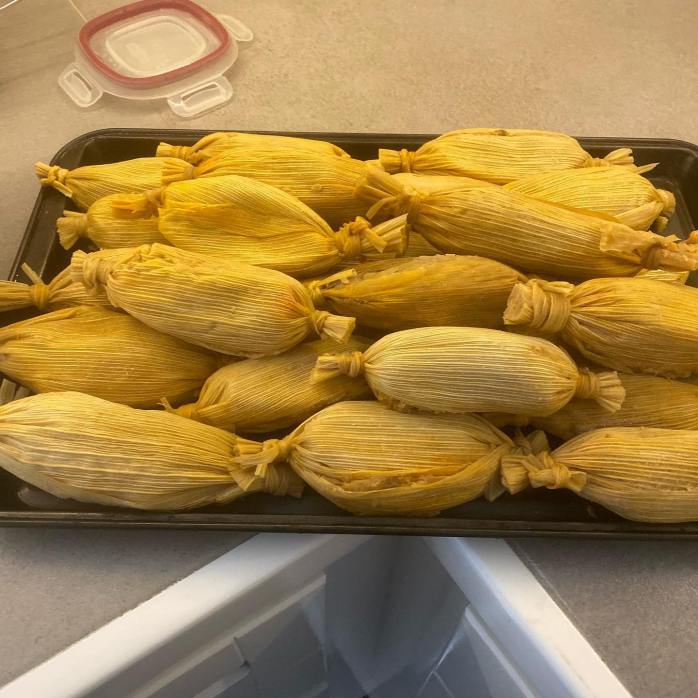
Since it’s New Years Eve, it seems appropriate to talk about the three drinks that are used to celebrate Christmas in Mexico: Cidre, Ponche and Rompope.
Cidre is exactly what it sounds like: hard sparkling cider. Some people like it sweet, while others prefer dryer varieties, but either way apple is the traditional flavor.
And speaking of apple, there’s another apple-based drink that’s had at Christmas: ponche. Ponche – or punch – is sort of a cross between hot cider and wassail. It’s made with dried fruit (usually apple or pear), hot water, brown sugar, spices, when it’s done, you can drink it just like that, or add rum. The most traditional ponche is stirred with a stalk of sugar cane, but we just used a spoon.
And finally, there’s Rompope. This is a drink similar to eggnog, but it’s not as sweet, and it’s sold bottled with rum already mixed in. It’s also served at room temperature. Some brands have pictures of saints on the label, some don’t, but it’s a lovely holiday treat, and very festive.
If you’re wondering which is my favorite, I like them all, but I think Rompope is the one I like most. It’s one of those drinks that can soothe a sore throat and warm your entire body, with just a tiny sip, and while it’s usually available only for Christmas, we bought the last bottle in town for our New Year’s celebration.
Whatever you’re drinking tonight, I hope you’re safe and warm, and that 2020 brings you joy and peace.
Felices fiestas.




















